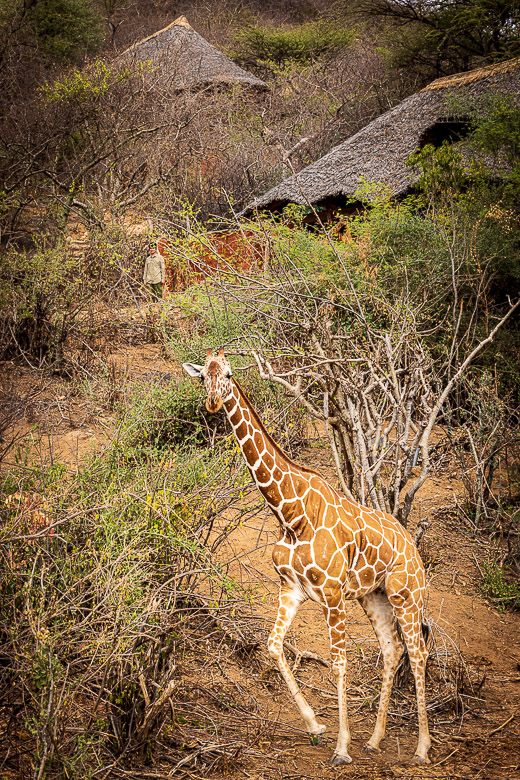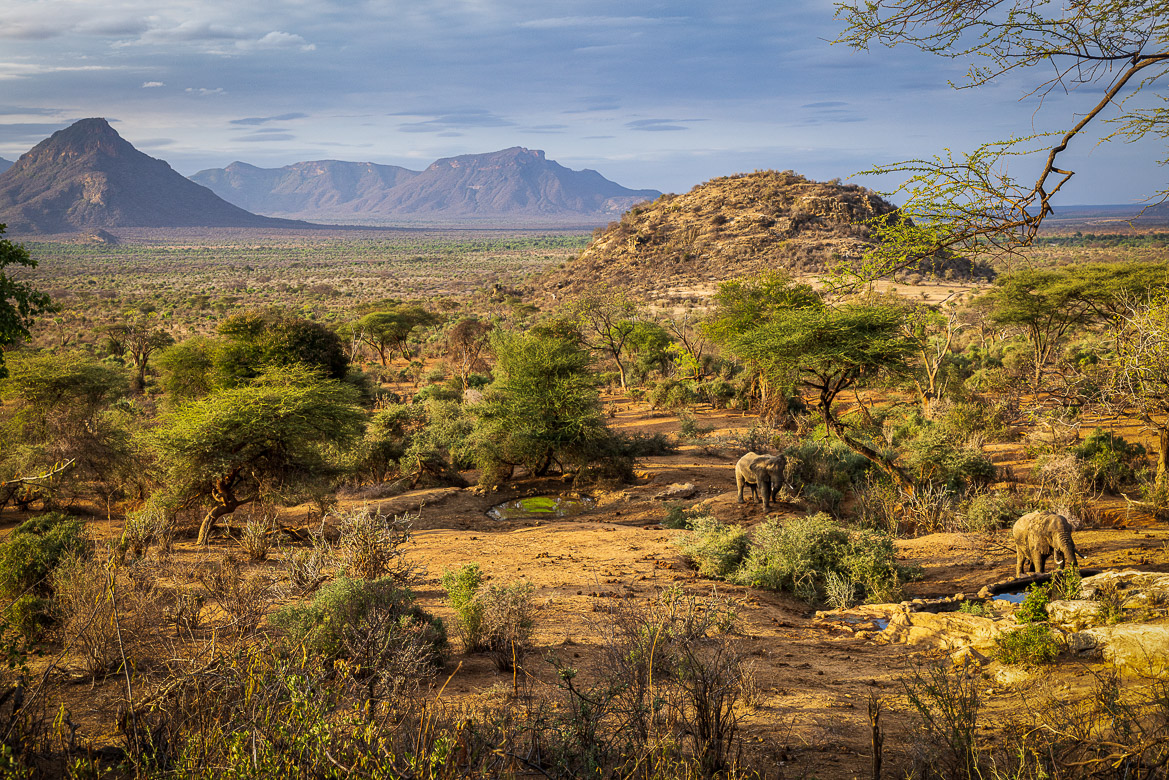
After our “amuse-bouche” at Giraffe Manor, we had our “first course” and first safari camp in Samburu in northern Kenya, just one degree north of the equator. A wonderful landscape, and Sarara Camp provided a very nice introduction to our safari holiday in East Africa. But they hadn’t had any rains in Samburu for several years, so it was very dry limiting the amount of wildlife that could be seen. The beautiful landscape and warm welcome by the people provided ample compensation. After three days here we continued to our “main course” at Masai Mara during another three days. Here we had an abundance of wild life and could see parts of the Great Migration. Then we finished with the “dessert” in Tanzania inside the extinguished volcano of Ngorongoro.
In the next few posts I will share some photography from Samburu, and I start with some from our arrival and first visit to the camp. We were surrounded by beautiful mountains and the landscape was very photogenic (as you can see from the image above). We flew a small plane to an intermediate airfield and changed to an even smaller plane transporting just Jennifer, Eric and myself to the camp.
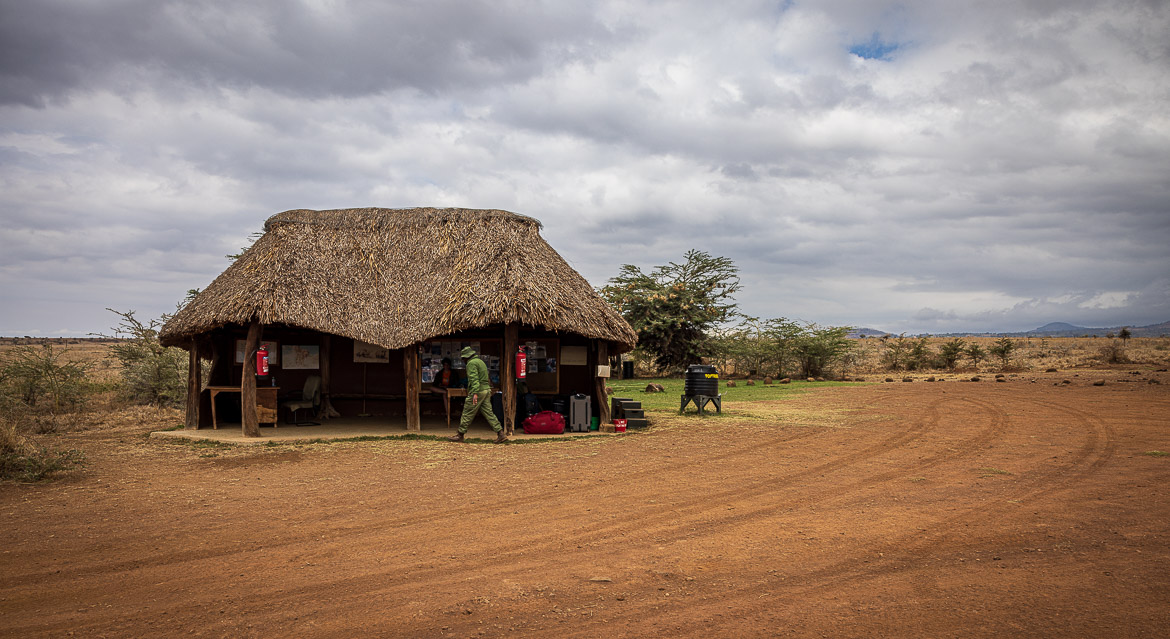
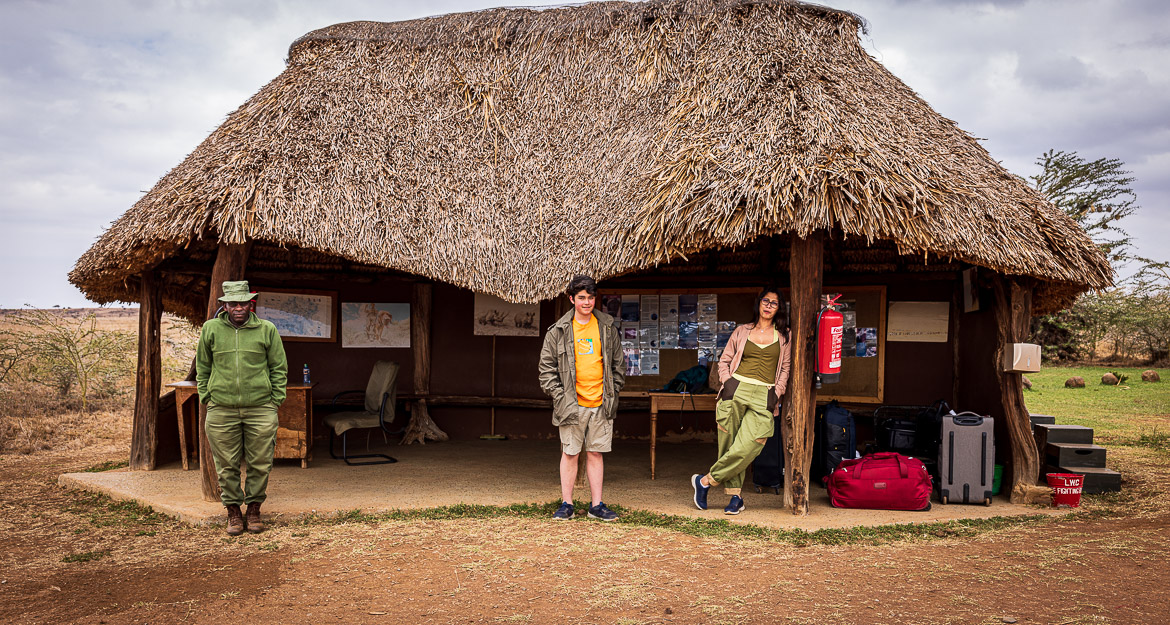
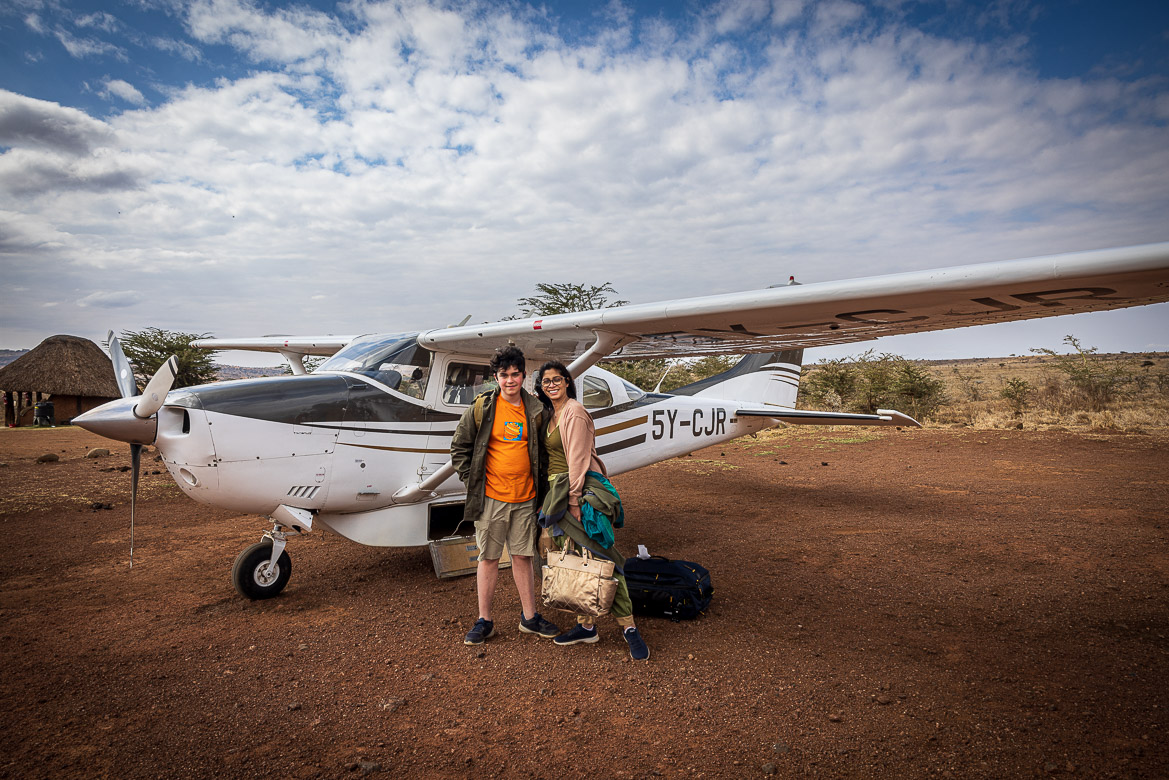
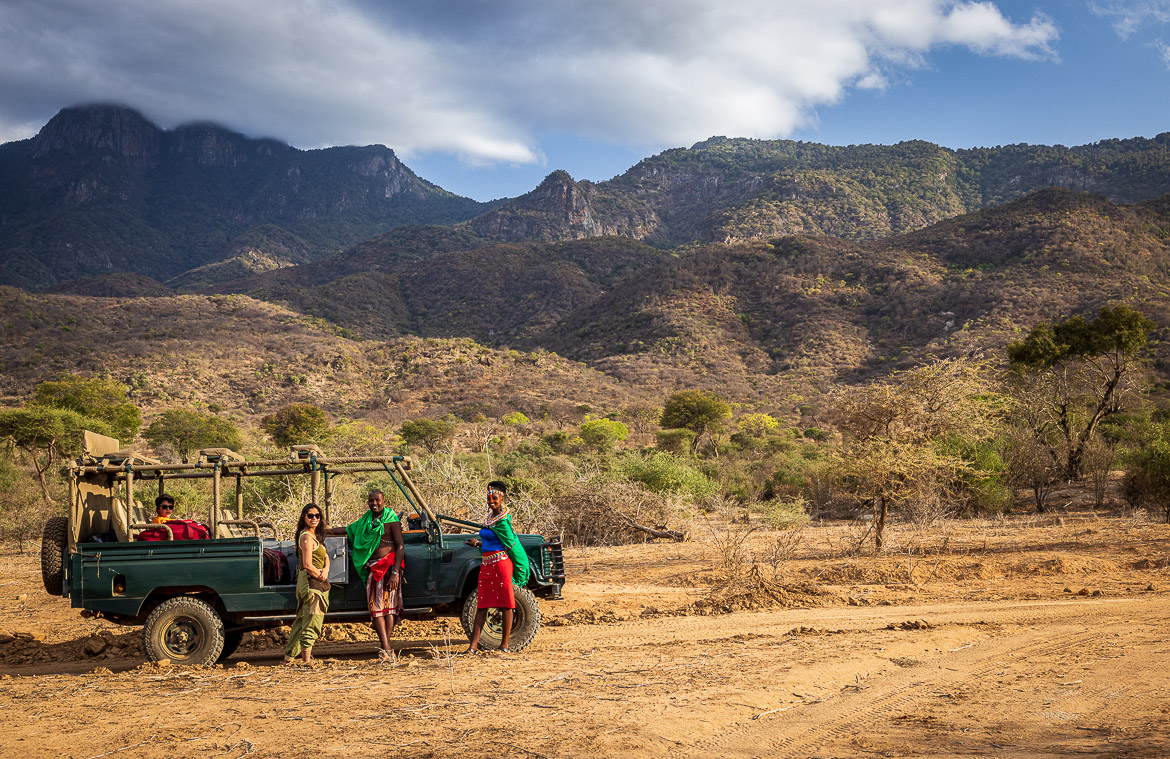
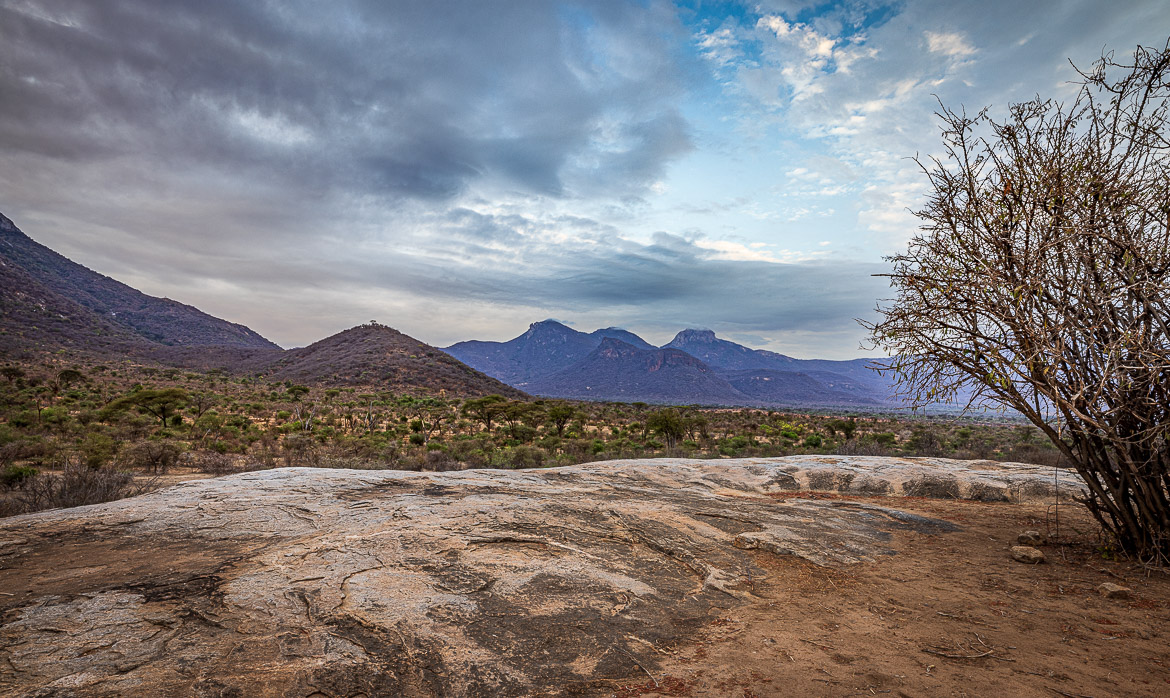
We saw our first giraffe soon soon after jumping into our car. The giraffes are quite different from the ones we saw at the Giraffe Manor in Nairobi. Here in the north of Kenya they have the Reticulated Giraffe that is endemic to this area as well as to Somalia and southern Ethiopia, the Horn of Africa. It is characterised by the very clear polygonal fields interspersed with white borderlines. See also the left of the three images in the series below. In Nairobi we had seen Rothschild’s Giraffe (see the middle image, where he chews on the greenery covering the Giraffe Manor). Rothschild’s Giraffe doesn’t have the same clear polygonal fields. They are more irregular and the borderlines are not as clear white as in the Reticulated Giraffe. It is also slightly taller (can be up to 6 metres tall) than the Reticulated Giraffe (up to just above 5 metres). Finally, in Masai Mara, we would meet the third and last subspecies of giraffe, the Masai Giraffe. See the right image, which was taken in Masai Mara. The Masai Giraffe is similar to Rothschild’s, but the Rothschild’s has “white socks” at the bottom of her legs, whereas in the Masai Giraffe the spots or fields continue all the way to the the bottom of their legs.
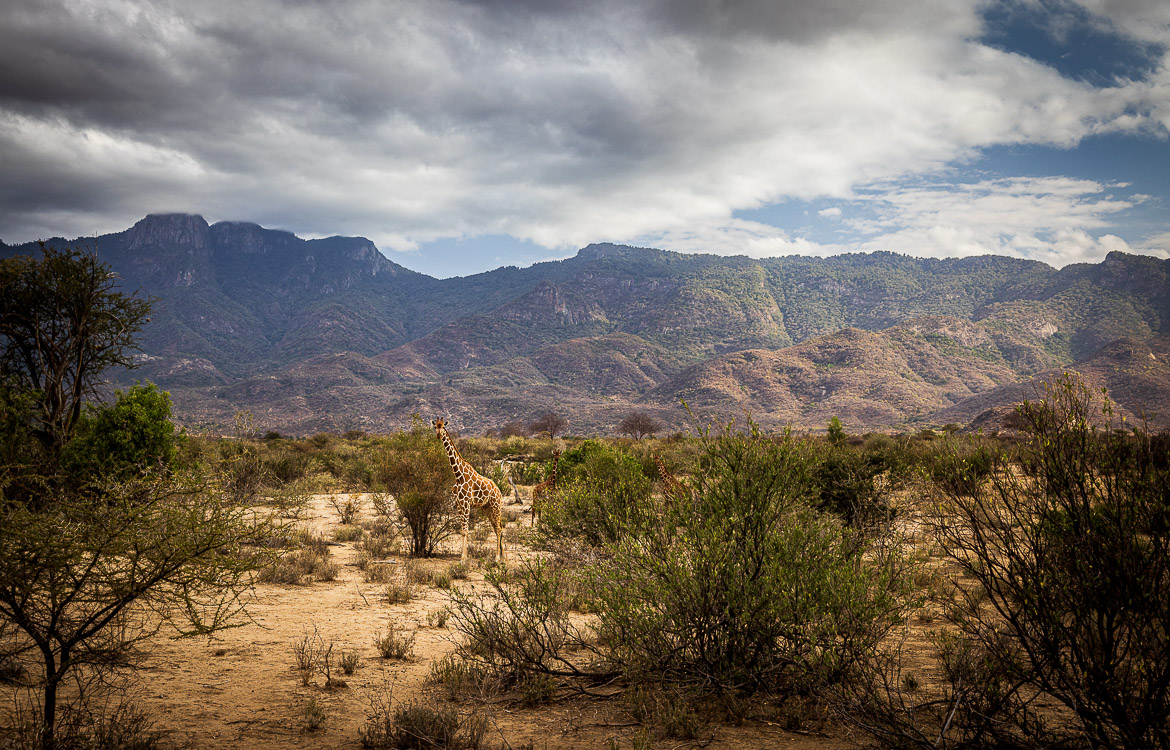
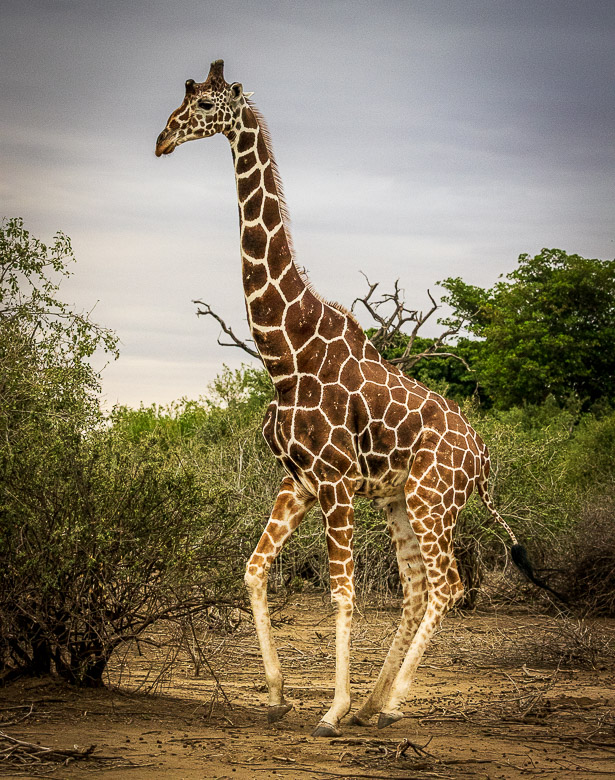
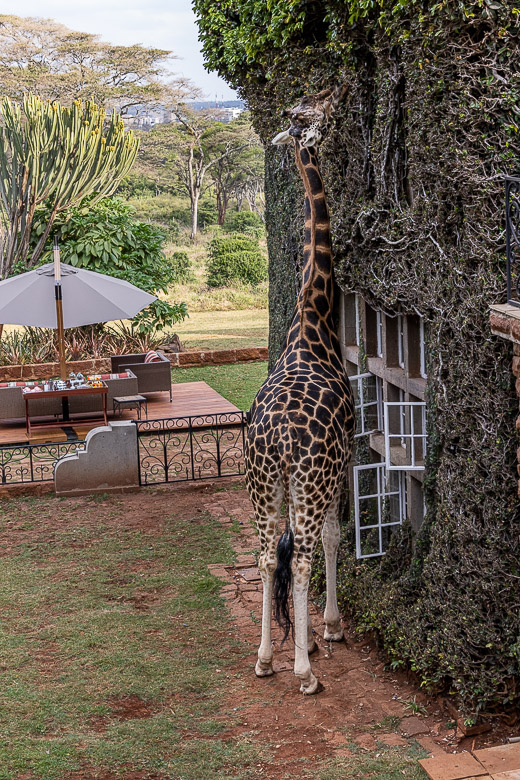
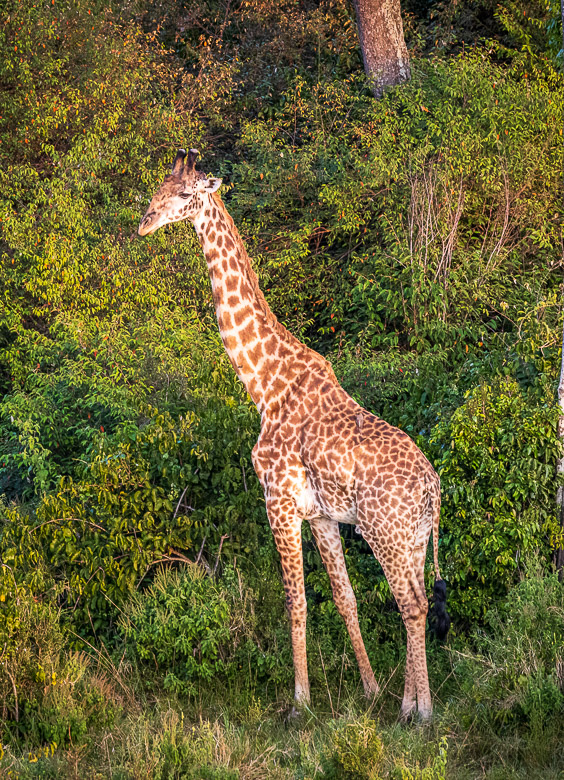
At the camp there was a waterhole for the animals to come and drink. As it was so dry, it was very appreciated and the elephants reappeared every evening. We also had visits by the giraffes, monkeys and an abundance of bird life.
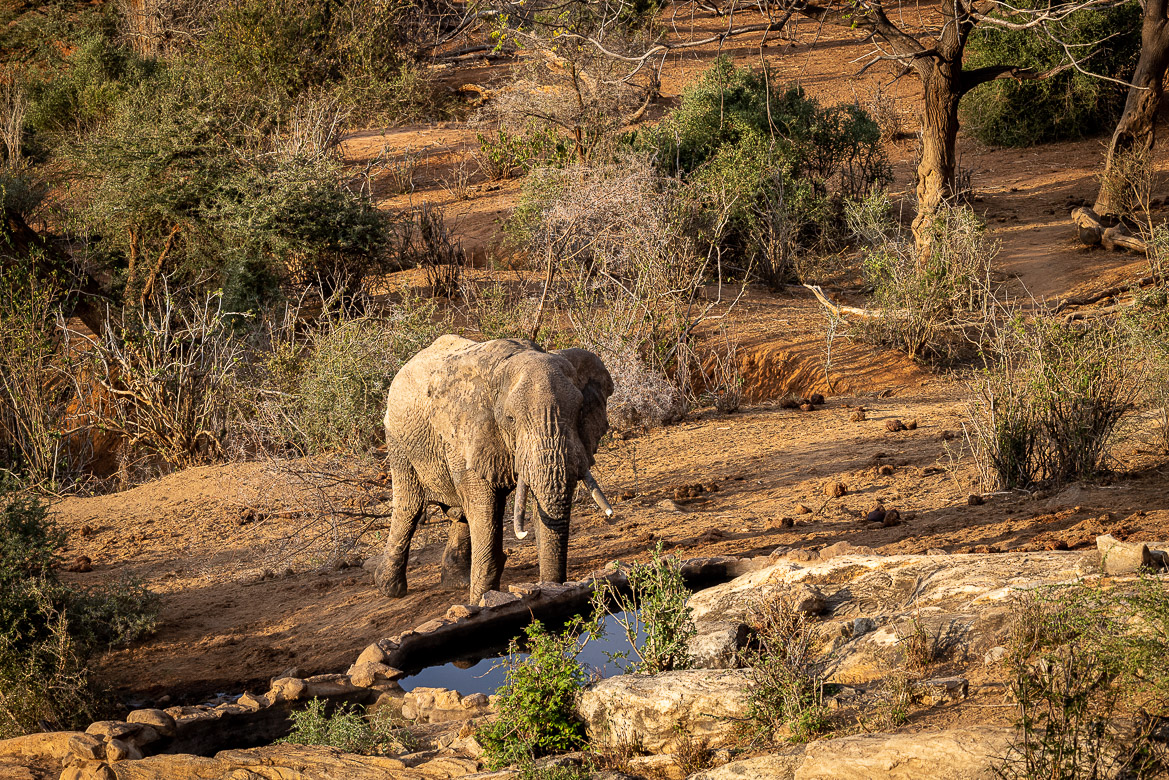
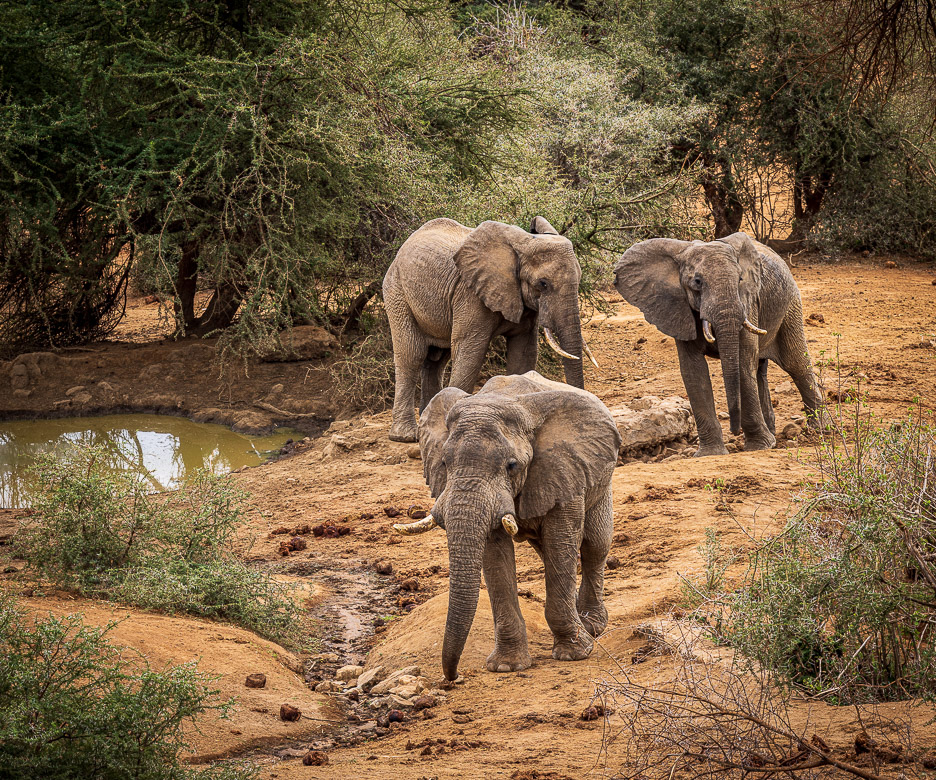
A herd of elephants is normally composed of females and calves, while male elephants tend to live in bachelor groups. A single calf is born to a female every four or five years after a gestation period of 22 months – the longest of any mammal. Calves are cared for by the entire herd of related females. a female calf can stay on with the herd as she grows up but the males leave, when they reach puberty.
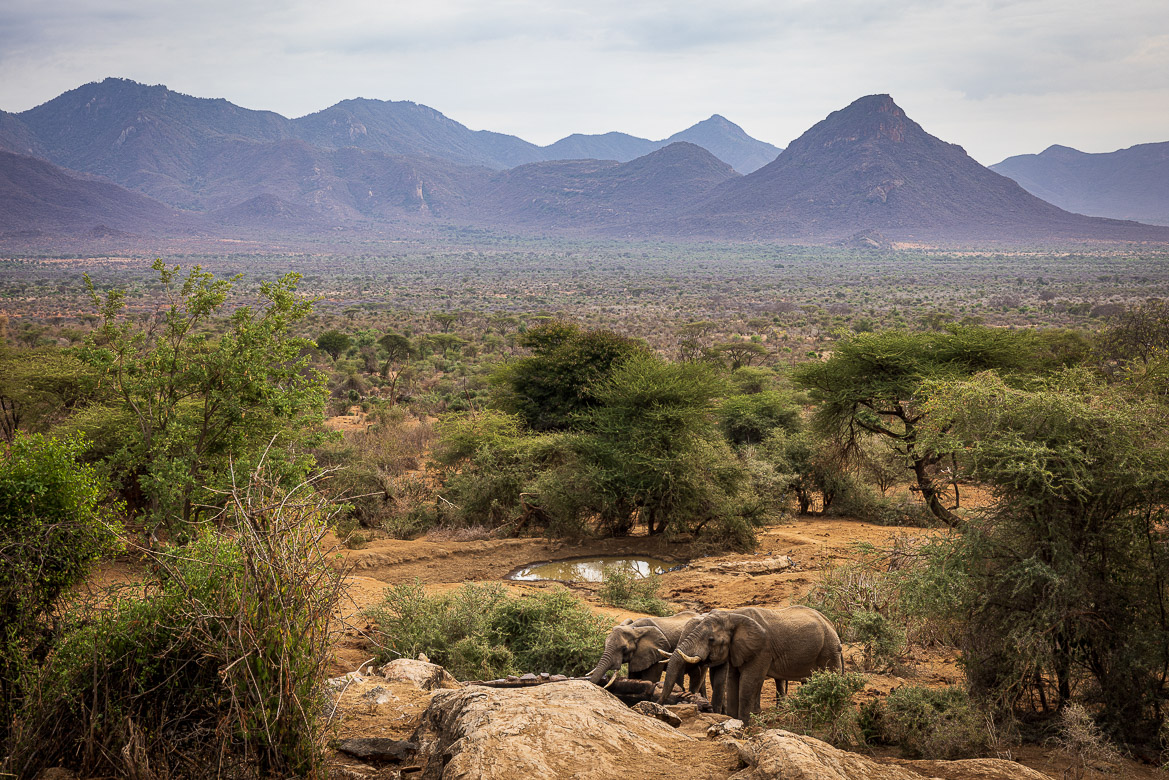
The giraffes approach us not only to drink water but also to chew on the leaves from trees next to our huts. Below you see a giraffe walking in among our buildings. Notice Eric in the background admiring the giraffe. The two houses you see are the huts, where Jennifer and I stayed (the one in the background) and Eric (the one next to Eric).The poor giraffe is actually missing his left ear, but seemed happy anyway.
